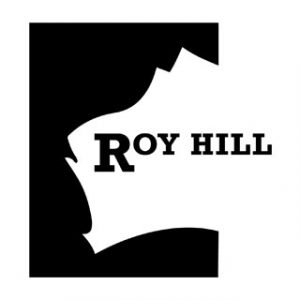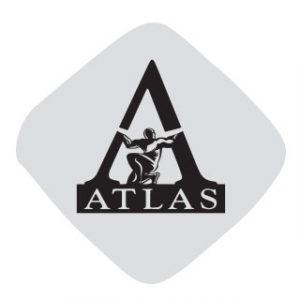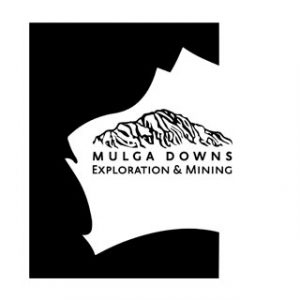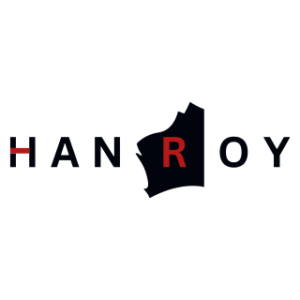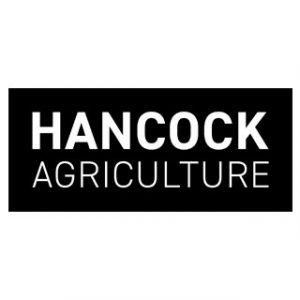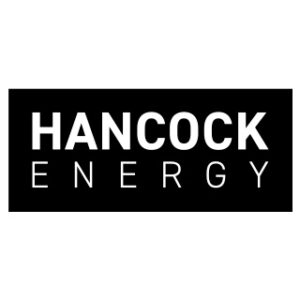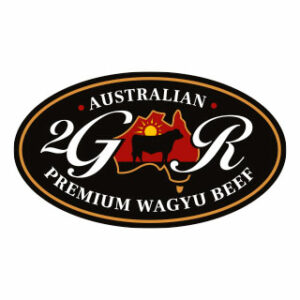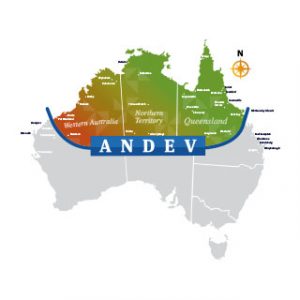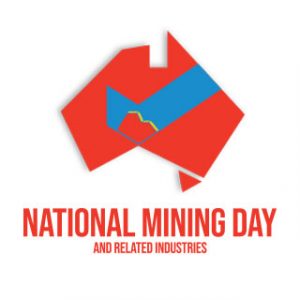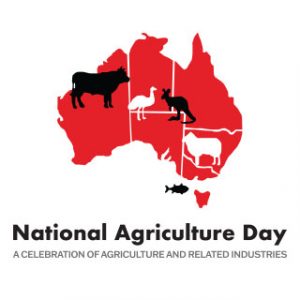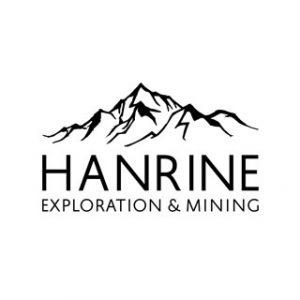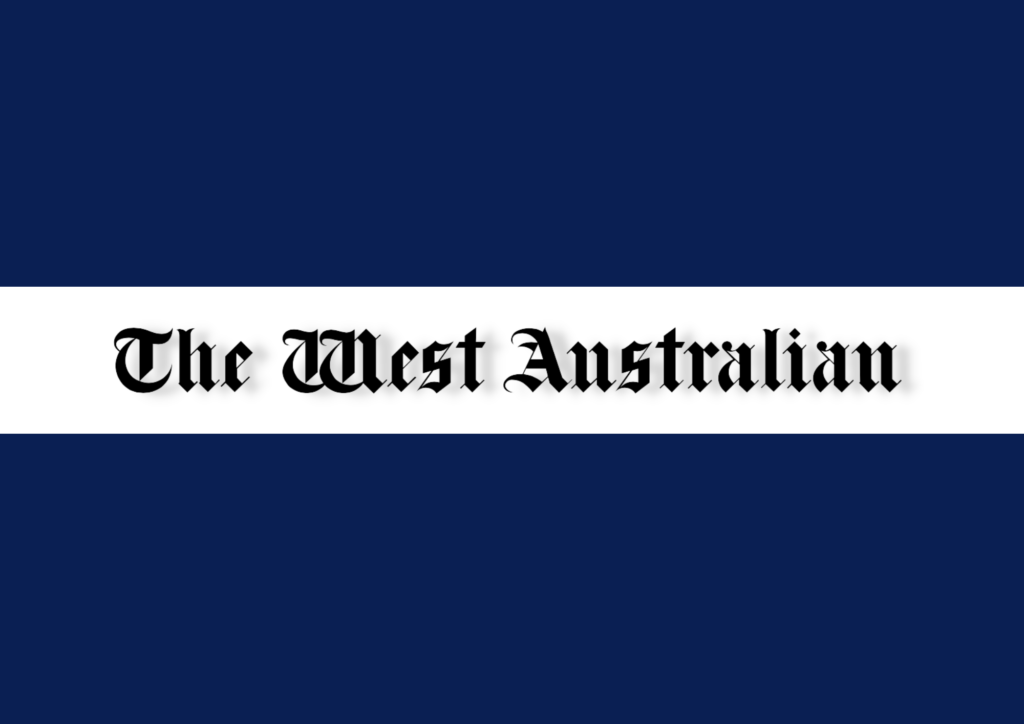
Article by Josh Zimmerman courtesy of the West Australian.
$750 million fund to pay for huge ‘legacy projects’ across the State.
Western Australia’s pandemic defying resources boom will be immortalised for future generations through the establishment of a $750 million community investment fund backed entirely by some of the State’s biggest mining companies.
The massive cash injection will be used to pay for “legacy projects”, such as the Aboriginal Cultural Centre and extensive redevelopments of Perth Zoo and Perth Concert Hall — all three of which are likely to be early beneficiaries.
It will also be used to develop housing and other critical infrastructure for remote Aboriginal communities as well as help set up a Telethon capital fund.
Six industry giants have already committed substantial sums of cash to the Resources Community Investment Initiative: Rio Tinto and BHP ($250 million each), Hancock Prospecting ($100m), Woodside ($50m), Chevron ($50m) and Mineral Resources ($50m).
Premier Mark McGowan — who spearheaded the establishment of the scheme — also plans to write to another 30 leading mining companies on Tuesday requesting further donations, meaning the fund could ultimately attract well north of $1 billion.
Each of the contributions is a one-off that will be used to directly fund major projects selected by an advisory committee helmed by an independent government-appointed chair over the next five to 10 years.
Mr McGowan said the idea was sparked around the time of his Government’s $50m commitment to the Aboriginal Cultural Centre — a funding pledge later matched by the Albanese Government before May’s Federal election.
Even with $100m in funding secured, the museum remained well short of its estimated $400m price tag and became a key plank of Mr McGowan’s pitch to mining bosses.
“Considering a lot of the Indigenous heritage for the State is in the areas that are mined, I thought it was appropriate that the companies that are the beneficiaries of those areas might want to contribute to the Aboriginal Cultural Centre, which will be a magnificent world-class attraction,” the Premier said.
“And so I contacted some of the major mining companies in person and just said look, this is the idea that we have.”
Those initial conversations centred on Rio Tinto, BHP, Woodside and Chevron — as well as the Chamber of Minerals and Energy WA — before the net was cast wider. The concept was also broadened out to incorporate any major project beyond the “ordinary business of government”, such as hospitals and roads.
“They’re spectacular, longlasting legacy projects to the State,” Mr McGowan said.
“That are often the sorts of things that governments struggle to fund because they are above and beyond what we ordinarily do.”
Providing housing, water and electricity to remote communities — an initiative to which the McGowan Government committed $350m in its last Budget in May — has also been included in the scope of the fund.
“The Commonwealth government used to fund remote communities, but under Tony Abbot they pulled out of that,” the Premier said.
“So that has all fallen to the State now to fund the housing and maintenance and so forth.
“And because the remote communities are in proximity to many of the mining activities, I thought it was an appropriate one for them to help us with.”
An advisory committee with an independent chair that will be appointed by the McGowan Government will oversee the fund and how it allocates the funding.
The committee will also include heads of key government departments and a Chamber of Minerals and Energy WA representative, who will represent the views of the donor companies.
Each of those companies will be permitted to nominate projects they would be interested in funding — either initiatives already announced by the Government or brand new ideas generated by the companies themselves.
“They might be in the area of renewable energy, or they could be iconic projects in the region in which the company operates,” Mr McGowan said.
Those ideas will then be vetted by the oversight committee prior to getting the green light.
Donors to the fund — which is being unveiled at the same time resources companies are mounting a national campaign against the introduction of new Federal Government revenue measures targeting the industry — will not receive any kind of concession on taxes or royalties.
“There’s nothing in return apart from being good, social and corporate citizens,” Mr McGowan said.
“I don’t think the two things are related at all. This is just a contribution to Western Australia by companies that are appreciative of the role this State plays in making them successful and want to give something back.”
WA’s resources sector remained operational for the entirety of the COVID pandemic, a period that coincided with soaring prices for commodities including iron ore, gold, copper, nickel and lithium.
Mining royalties — including North West Shelf grants — contributed more than $12.5 billion to the State Budget in each of the past two financial years but the companies extracting the resources have also enjoyed a run of bumper profits.
Mr McGowan was publicly floating the idea of major resources firms playing a bigger role in funding State projects as far back as May last year, when he said he would “love to see” iron ore miners help fund the $250m redevelopment of Perth Zoo.
In August, the State Government announced the riverfront carpark opposite Perth Concert Hall as the preferred location for the Aboriginal Cultural Centre, which is slated to open in 2028.
Whadjuk Cultural Authority member Barry Winmar said at the time that he hoped construction would be partly funded by corporate sector philanthropy.

